Learning a musical instrument can be one of the most rewarding things you take. No matter what instrument you choose, there are always challenging parts to master any instrument. However, some instruments are naturally harder than others to even learn as a beginner, let alone master. Below is our evaluation of the hardest and easiest musical instruments to learn.
Hardest Musical Instruments to Play and Learn
10. Trumpet
Like the violin and French horn, you have limited guidance from the instrument in order to accurately hit notes. You have three valve keys that let you play notes within an octave, but to change octaves or offer a wider range of pitches, trumpeters must master playing with their lips. Even starting to play on the trumpet takes a while. Most beginners blow air while struggling to get any sound out of their trumpet.

9. Guitar
A popular instrument in its own right due to its use in alternative, rock, country, and other music, the guitar is a relatively easy instrument to learn, but a hard instrument to master. Many young guitarists pick up the guitar because their favorite musicians in rock bands play guitar.
The frets make it easy to play notes accurately (unlike the violin), but mastering the chords, rhythm, timing, and skilled playing can take years. Chords in particular present a challenge to new players who may be used to playing solo notes on other instruments. There’s a reason most bands start in garages with many hours of practice.
Classics like ‘Hey There Delilah’ or ‘Seven Nation Army’ are melodies that are very simple and can be played within an hour of practice. However, advanced pieces like ‘Stairway to Heaven’ or ‘Enter Sandman’ can take years and decades to be able to play.
8. Drums
Drums can be easy or hard to learn depending on what you’re looking to play. If all you want to learn is a simple beat for a garage band, they’re not difficult to master. However, if you want to become a solo drummer. Rock and punk tend to have easier beats (and are thus easier to learn) than jazz, so we recommend beginner drummers begin with rock or punk to master different tempos.
To learn drums, you should be ambidextrous and have good coordination. Hitting notes at the right time in the right place on the drum with your hands while simultaneously keeping different beats with your feet can be quite difficult.
You can spend decades learning drums (and different types including bass drum, snare drum, etc.) and never be an elite drummer. But you will make any band happy!
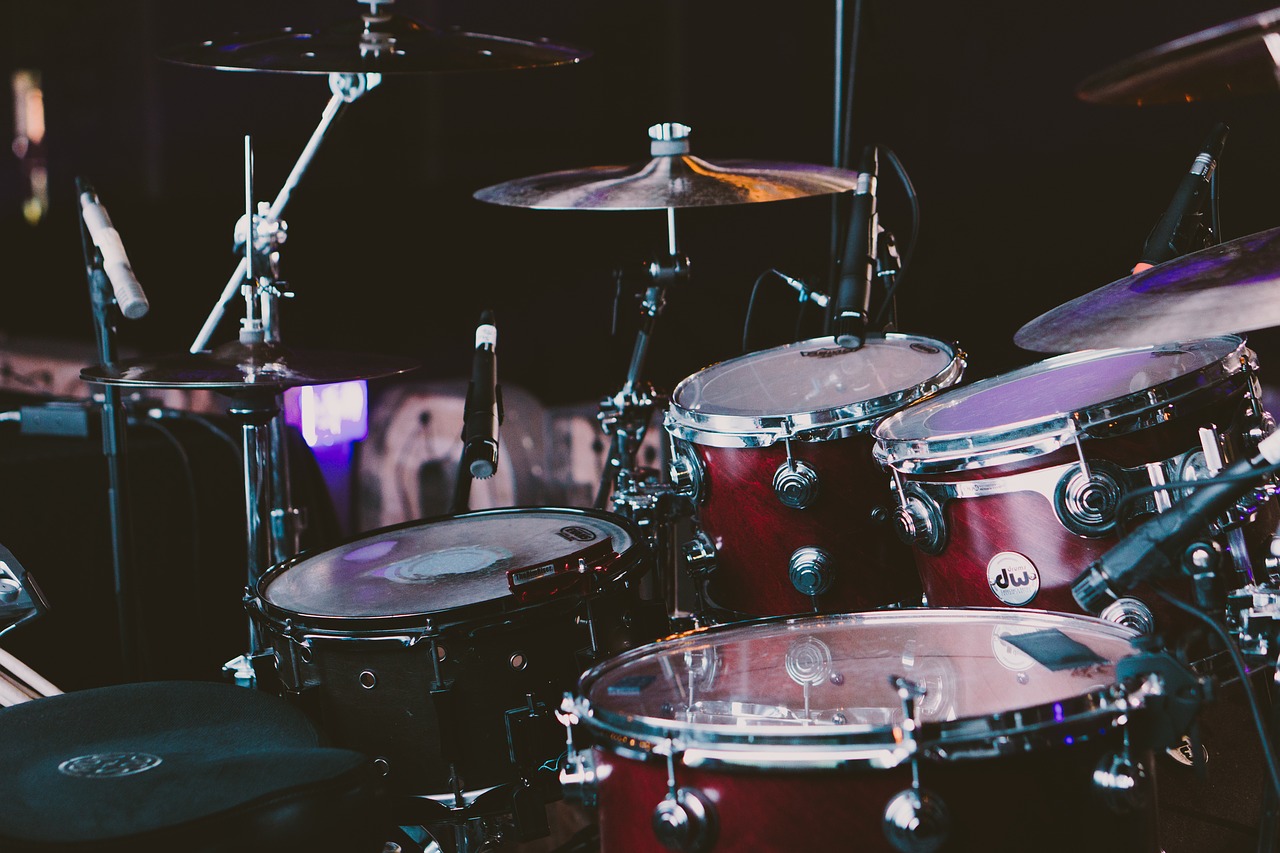
7. Oboe
Oboe is not a beginner’s instrument. Most people who start playing the oboe start on a different instrument first. The most challenging part about playing the oboe is to have correct embouchure which requires skillful flipping and controlled airflow. Hopefully, this means that if you decide to start playing oboe then you are more likely to keep playing for a while. That way you can invest in a well-made oboe and not feel like you are wasting money. The oboe can be extremely difficult because of its often counter-intuitive technique, issues with reeds, and the lack of experienced teachers and materials for the instrument. It requires a lot of restrained breathing, mastery of a double reed, and difficult passages.
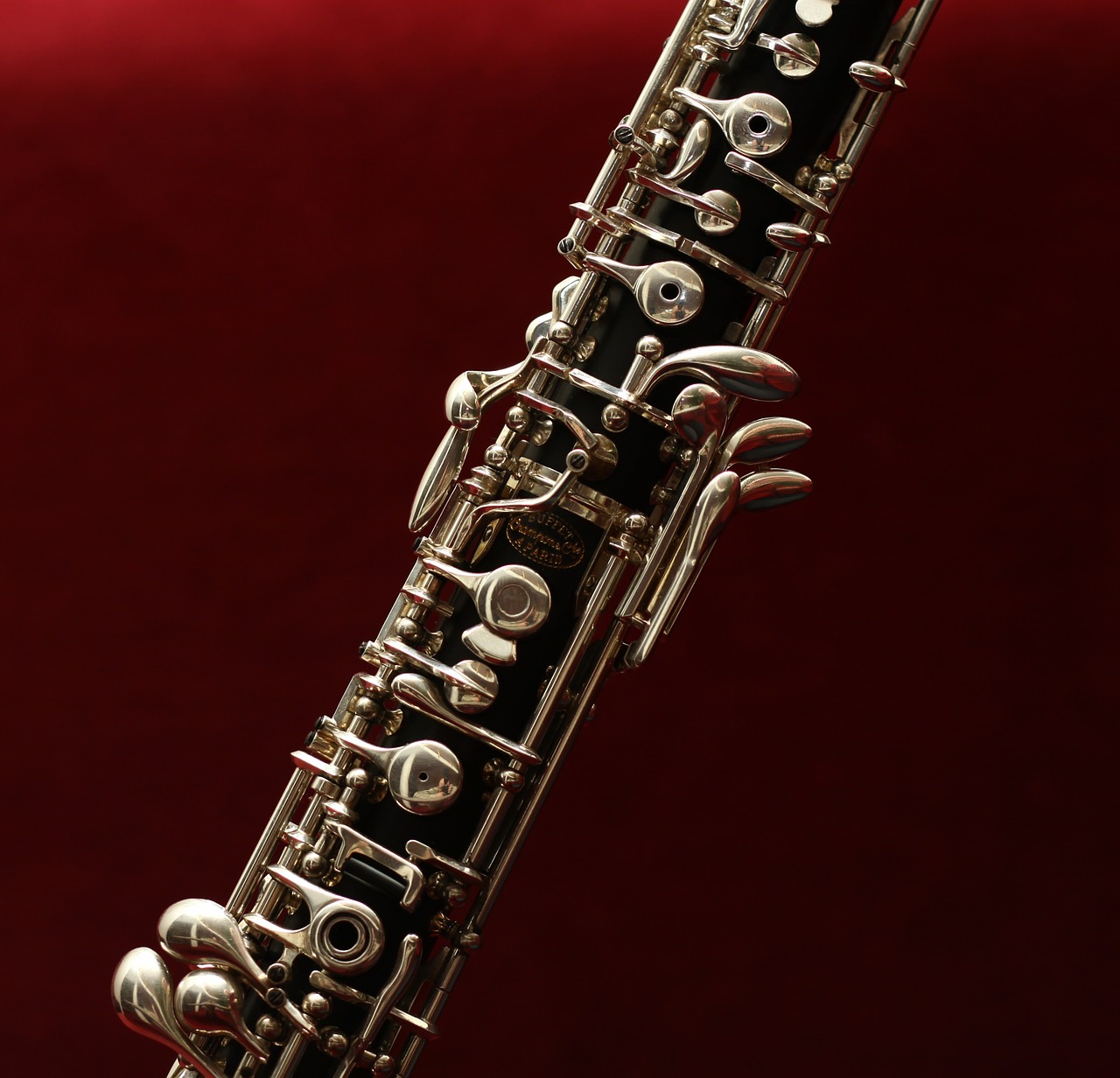
6. Bassoon
Bassoons are notoriously tricky to play due to their double reed and size. Woodwind instruments are notoriously hard to play, but the bassoon is on another level. It’s hard to find a competent bassoon player who hasn’t given up and started playing the oboe. The height of bassoons usually requires someone with height or extreme dexterity in order to navigate the up to 28 keys. The double reed requires the dexterity of the tongue and lips, something that already requires years of practice. It’s safe to say that the bassoon is not usually someone’s first instrument.
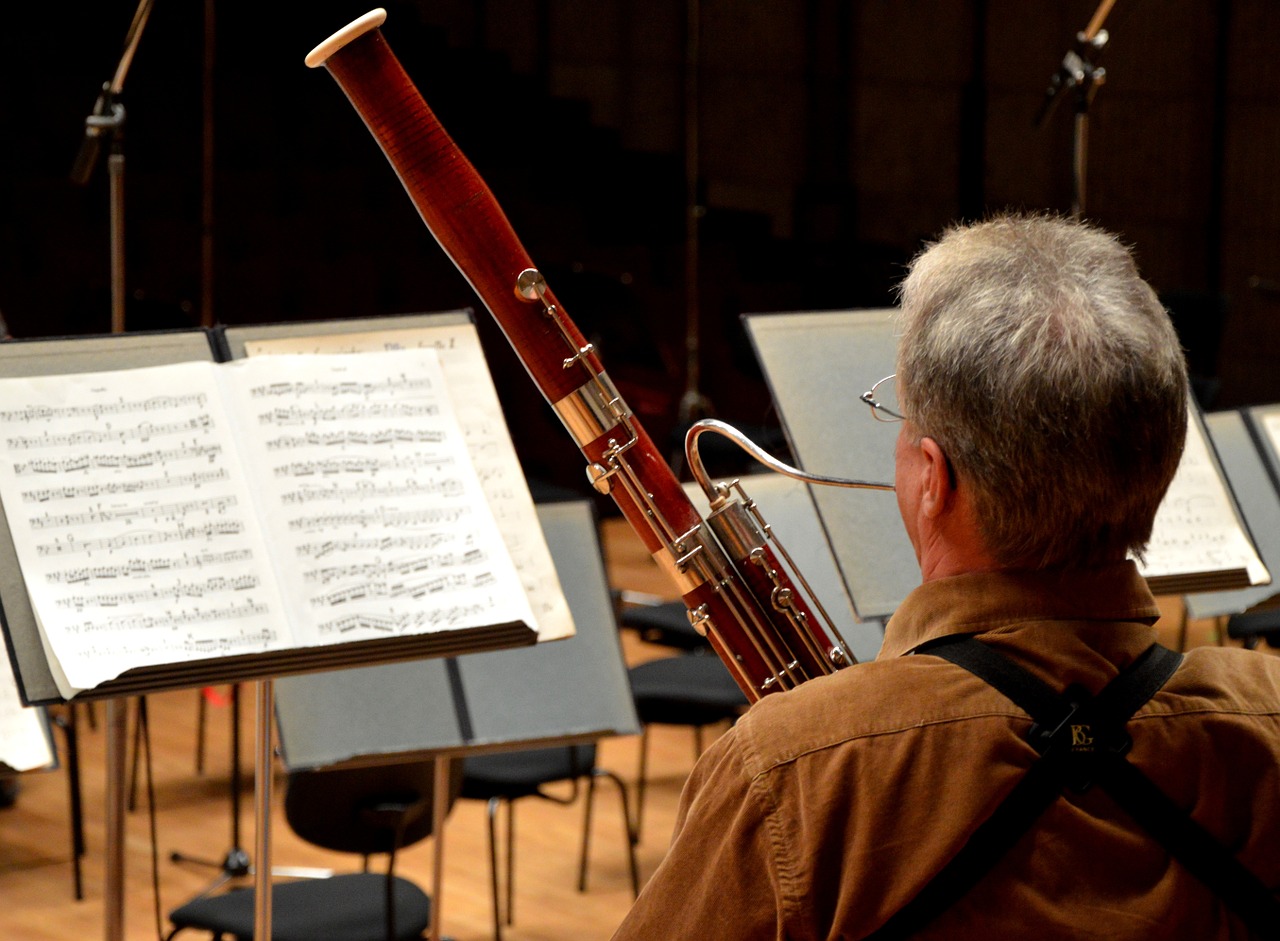
5. Accordion
Reminiscent of meandering European streets, the accordion is definitely a fun instrument to play. However, be wary of how difficult it is to learn. Some people compare playing the accordion to playing piano and bagpipes at the same time. Accordion requires coordination of arms and fingers to push and pull the accordion together to fill the bellows while also playing the piano keys on the side and pushing the buttons if necessary.
Accordions may be fun instruments, but they can be quite frustrating for kids due to the many steps needed to produce sound and the clunkiness of the instrument. Since it’s not a very common instrument, it can be hard to find a teacher who can teach you how to play the instrument. YouTube and practice are one of the best ways to master the accordion.
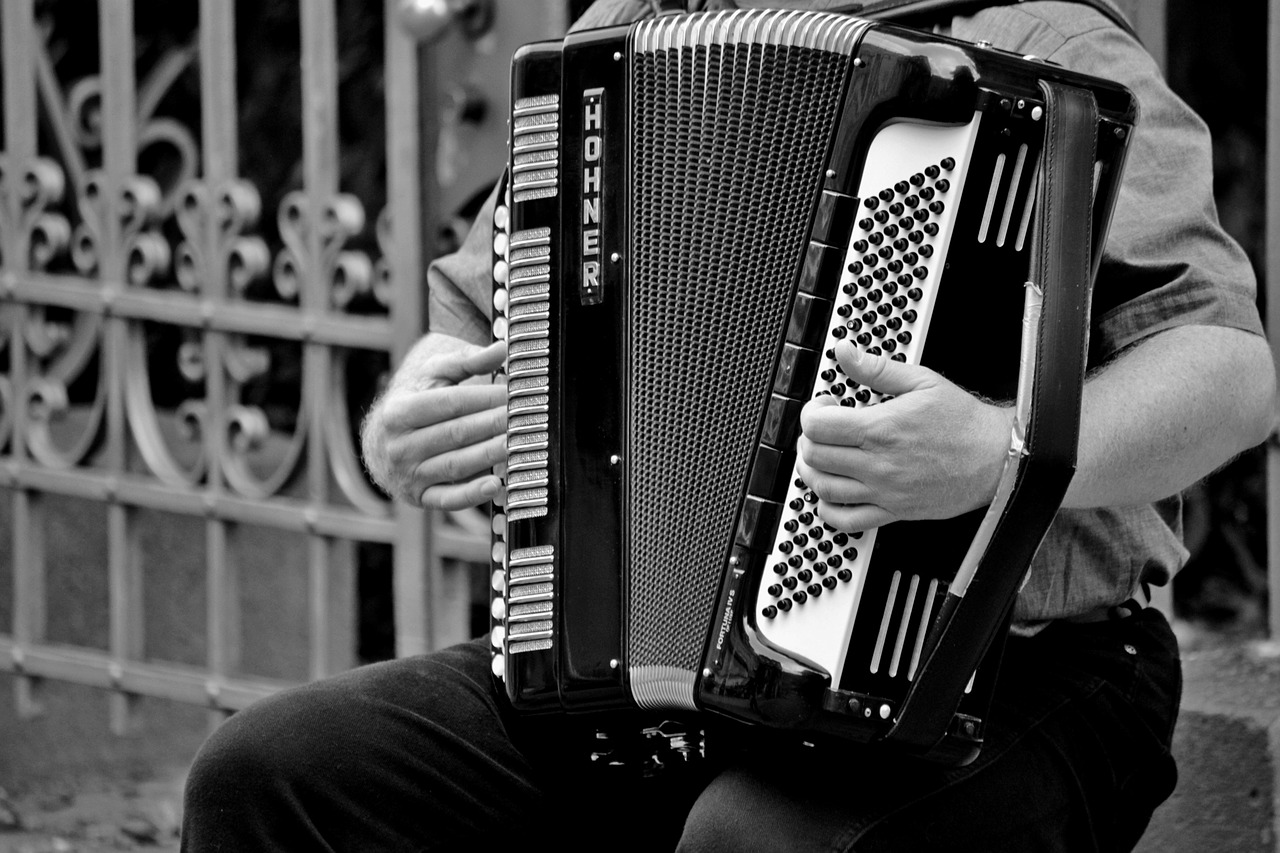
4. Harp
Harps may sound magical, especially when played by accomplished harpists. However, the 47 strings on a standard harp need to be plucked exactly right. That’s a lot of plucking! Harpists need flexibility and endurance to reach and play all of the notes.
Learning which strings to pluck, memorizing melodies, and being able to play at breakneck speed as many orchestral arrangements require from harps requires years of practice. However, once mastered you can impress your friends with heavenly music!

3. Pipe Organ
Best known for being played during church service, the organ takes playing the piano to a whole new level. Organists have to balance at least five different things at once. From playing several levels of keys, buttons, and foot pedals, the organ can take decades to master. You will need a lot of patience if you want to learn how to play the organ, but it is a worthy undertaking. One challenge with playing the organ, besides the number of keys, is that it doesn’t have a sustain pedal meaning the organist must hold the note for as long as they wish it sound.
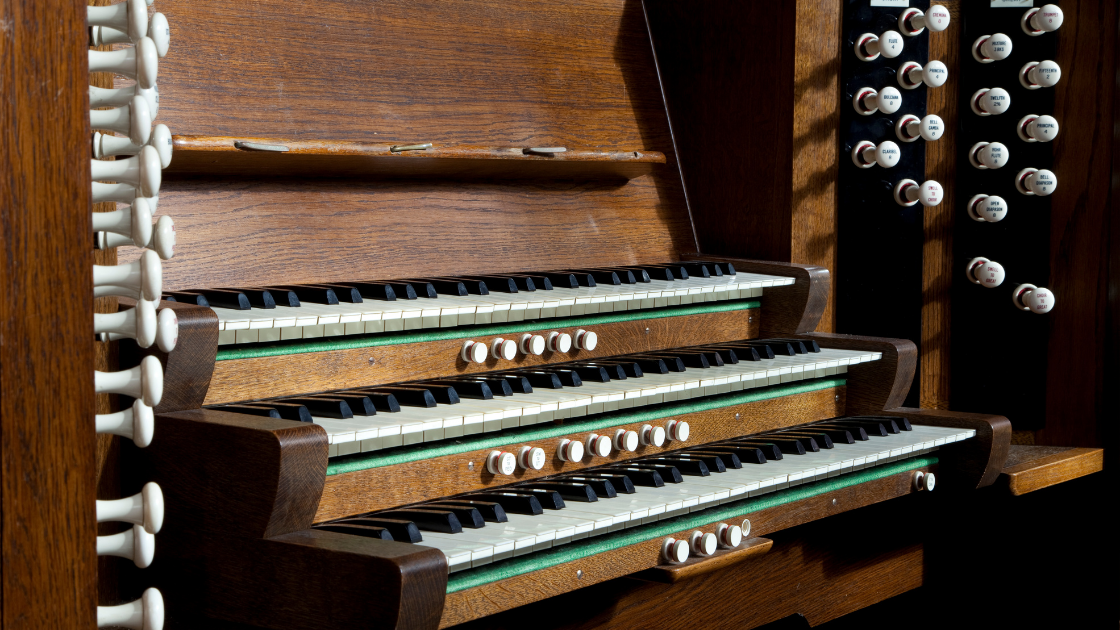
2. French Horn
Not as popular as many of the instruments on this list, the French horn is an essential part of any band or orchestra. Providing low accompaniment, and a surprising number of solos, the French horn takes a long time to master. If you’re looking for an easy brass instrument to play, the French horn is not it.
While you do have a few levers to press to play certain notes, most of the sounds and pitches you make on a French horn require careful movements of the lips which can take years to get right. Even when you do master it, your playing has to be perfect in order to project properly in an orchestral setting.
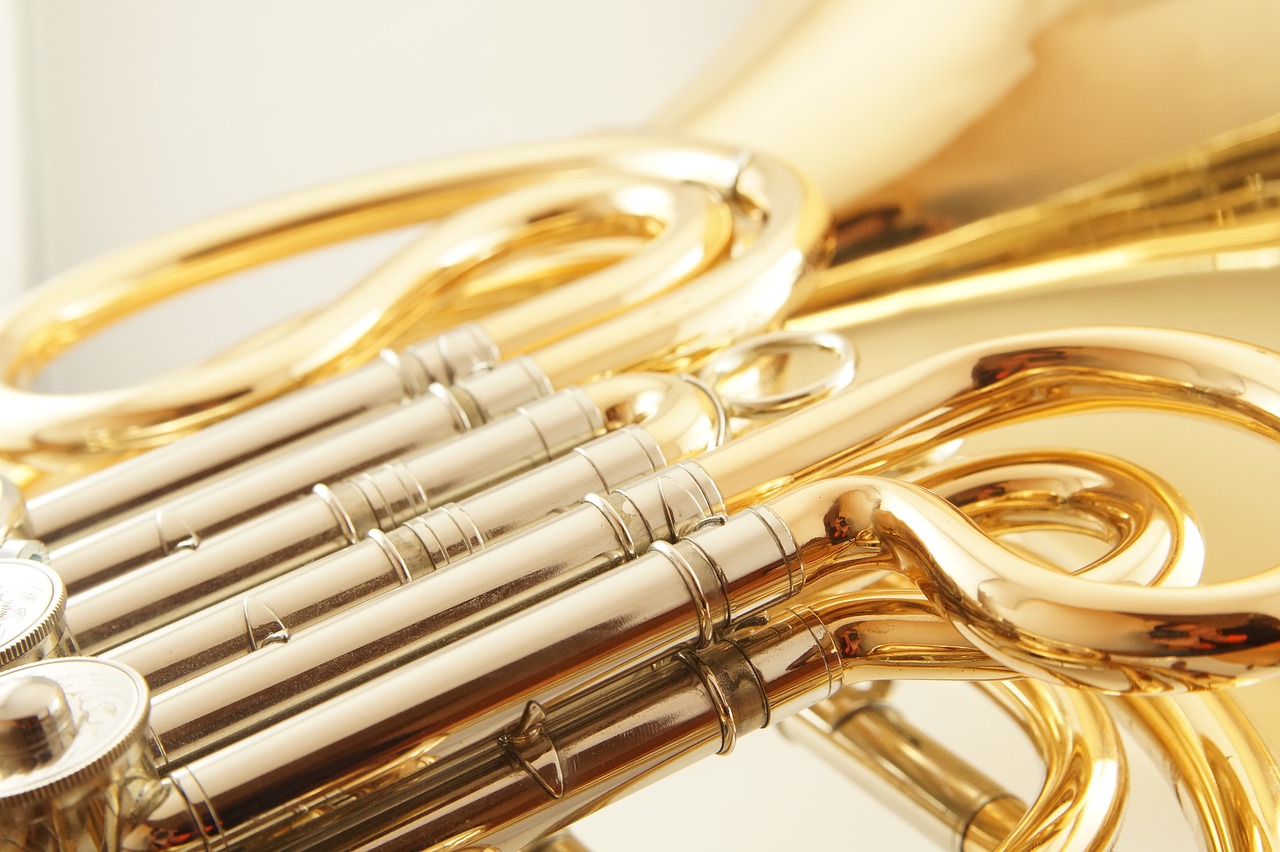
1. Violin – Hardest Instrument to Learn and Play
The violin is the most challenging instrument to play. Don’t believe us? Check out this TwoSetViolin video listing why the violin is so hard. Learning where the notes are to play in tune takes years since there are no frets or keys to guide you. Also, the strings are so close together, that beginners often have challenges only playing on one string at a time. Add the right-hand violin bow movements on top of the left-hand fingering and shifting and you have a challenging eye-hand coordination problem. Then there’s the posture you must maintain while playing. It usually takes beginners several years to develop a sound and tone that doesn’t sound like nails on a chalkboard.
Playing the violin may seem easy when you watch professional violinists who play elegantly and perfectly. However, if you’ve ever picked up a violin you will know just how difficult it is.
Violin is the most difficult instrument and this difficulty extends to its cousins the viola, cello, and double bass as well. All of these instruments require years to master and careful coordination between the left hand and right hand.
Read more:
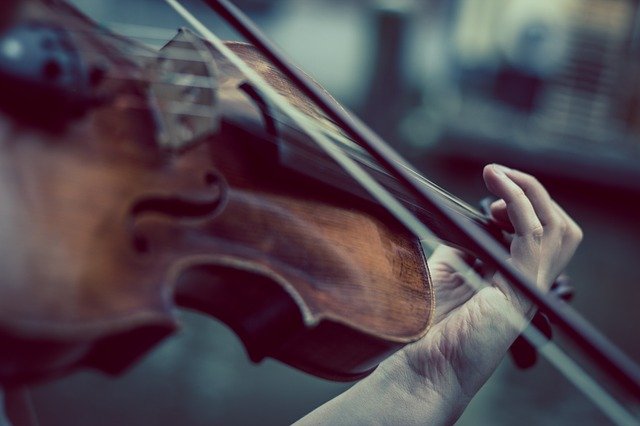
Easiest Musical Instruments to Learn and Play
Just as some instruments are hard to learn, there are instruments that are easy to learn. In this section, we teach you what the easiest instrument to learn is so that you can decide whether it’s right for you.
5. Piano
The piano is one of the most common beginner instruments because all of the notes are already laid out for you and it’s easy to distinguish between natural notes and sharp/flat notes (white vs black keys respectively). The hardest part about piano is knowing how to play two different clefs (bass clef and treble clef) at the same time. Acoustic piano and digital pianos are similar in difficulty level until you add different pedals.
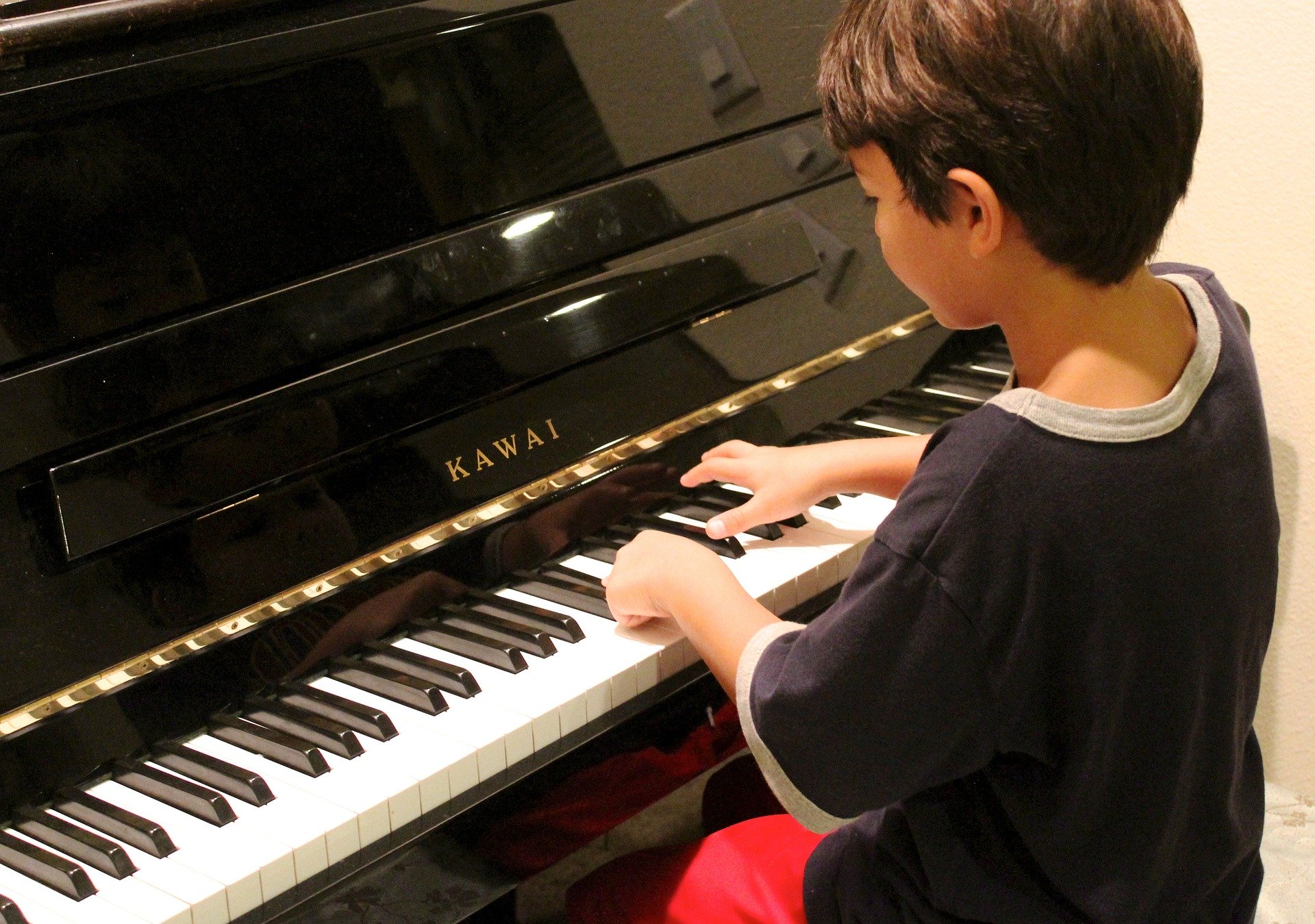
4. Xylophone
Most people get to experience playing the xylophone in grade school. All you need to do is hit the right bars to produce the right notes. This is even easier if the bar is marked with the note name. Xylophones are usually made from wood or steel tubing and are usually fairly portable. They even come in kid-size.
Read more:
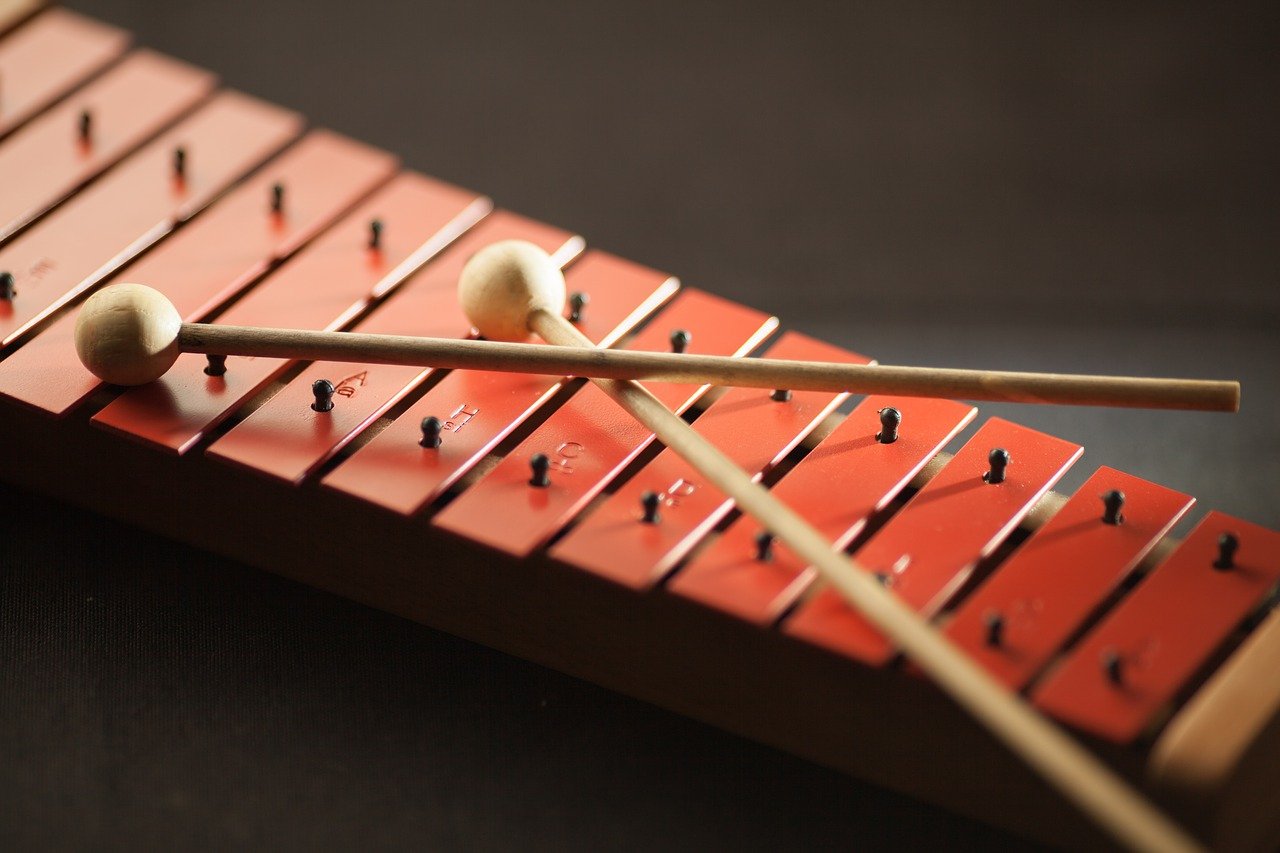
3. Harmonica
Another one of the best-selling instruments out there, the harmonica is bound to bring you back to the Wild Wild West. It is extremely portable (it can fit in a pocket) and it’s nearly impossible to sound bad. Obviously, mastering it and playing the exact note you intended to is difficult, but since most harmonicas come in the Key of C, you will likely sound good regardless of whether it’s your first time playing.

2. Triangle – Easy to Play
There’s a reason percussion players in orchestras have to manage multiple instruments. If they only had to play the triangle, it would be the easiest job ever. Really all you need to master with this instrument is rhythm. This goes for other percussion instruments as well including the cymbals and xylophone.
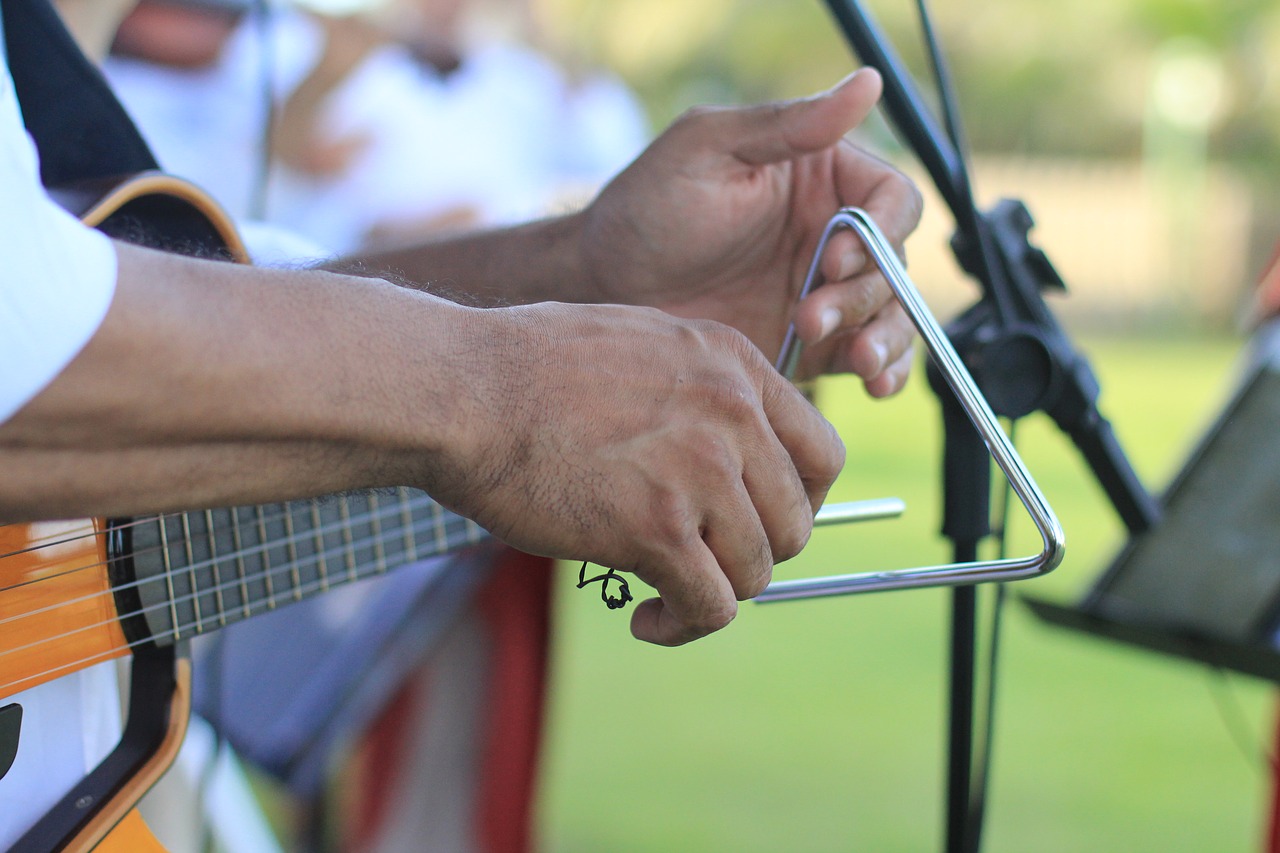
1. Ukulele – Easiest Instrument to Learn and Play
Loved for their tropical sound, ukuleles are really easy to learn which is why they have become extremely popular in recent years. Well over a million ukuleles are sold every year. These lightweight instruments have frets which makes them easy to learn for beginners and makes them the easiest instrument to learn on our list.
Read more:

Bonus: Recorder
Another fairly easy instrument to learn that many students learn in grade school anyway. Once you learn what notes the holes represent, it’s fairly easy to pick up the recorder.
What Is the Easiest Stringed Instrument to Learn?
As noted above, we think that the ukulele is the easiest string instrument to learn since it’s easy to hold, the frets make playing the correct note easy, and it’s easy to learn the chords.
What Is the Easiest Wind Instrument to Learn?
Most beginner woodwind players start on flute, clarinet, or alto saxophone in school, but the easiest wind instrument to play is the recorder. They are light, cheap, and easy to make a sound on. They are a great option for beginners younger than 10 years old to teach breath control and fingering.
What Is the Easiest Band Instrument to Learn?
Depending on what instruments are in your school band, these are the easiest band instruments to learn: piano, guitar, drums, and trumpet.
Table of Contents
Conclusion
Learning any musical instrument is a worthy pursuit. You are bound to learn a ton about yourself and what you enjoy by just picking up an instrument.
It is also important to know that some instruments may come more naturally to certain people than others. Some people may have natural rhythm or better hand-eye coordination, for example. Our ranking of the easiest and hardest instruments is our opinion based on interviews with players and students, but you should form your own opinion about which instruments are easiest and hardest for you.
If you want an entertaining watch, check out this video by TwoSetViolin reviewing a cringe-worthy list of the hardest instruments.


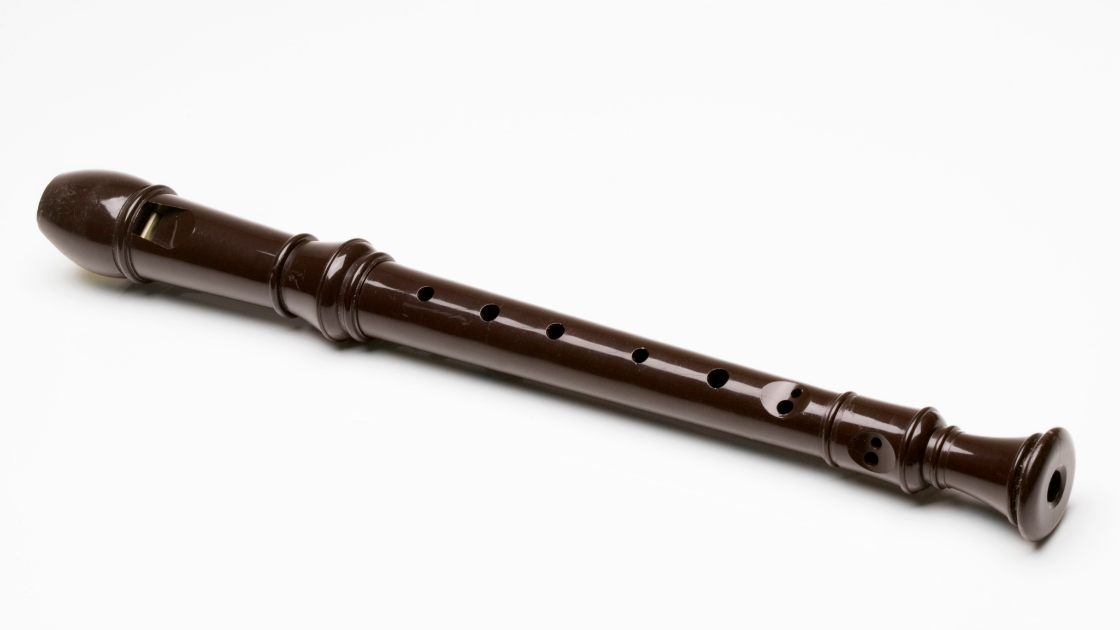






The instrument you have pictured for an oboe is NOT an oboe.
What is pictured looks like a soprano saxophone.
An oboe has a double reed and NOT a mouthpiece with a single reed held with a ligature as pictured.
Kind of worrying that this is posted by ORCHESTRACENTRAL.COM
Xylophone is percussion, and all mallet instruments are extremely challenging. If mallet instruments are so easy why don’t we have Gary Burton’s, Keiko Abe’s, or Ian Finkel’s at every level of schooling?
I was surprised the flute didn’t make the list of most difficult instruments to learn. It is the only band/orchestral wind instrument without a ready-made mouthpiece/reed. There are numerous variables that constantly have to be balanced and rebalanced (position of lips/jaw, size/shape of aperture opening, and related air volume/pressure/speed adjustments). It’s also one of the most awkward to hold, and you’re unable to see your hands to check position.
I disagree about the hardest. From my experience the peddle steel guitar is at or near the top of the list for difficulty to learn.
Trombone??? Not really hard to play, but like the violin you need a good ear so you aren’t playing sharp or flat. No frets on a violin, and no markers on the trombone slide to tell you where the positions are.
And you forgot to mention that you still have to use your embouchure as well for tonality as well. There is a reason that everyone in the orchestra is tuned to the First Trombone…they need perfect pitch to play that well.
Taught school for 30 years played trumpet for over 60 years. I have been asked this question numerous times by beginners. My answer has always been. It is easy to play an instrument if you don’t want to play it well, if you want to excel they are all difficult.
Wrong, why is church organ considered difficult and piano easy? Morover: to play xylophone well with multiple mallets is definately more difficult than piano.